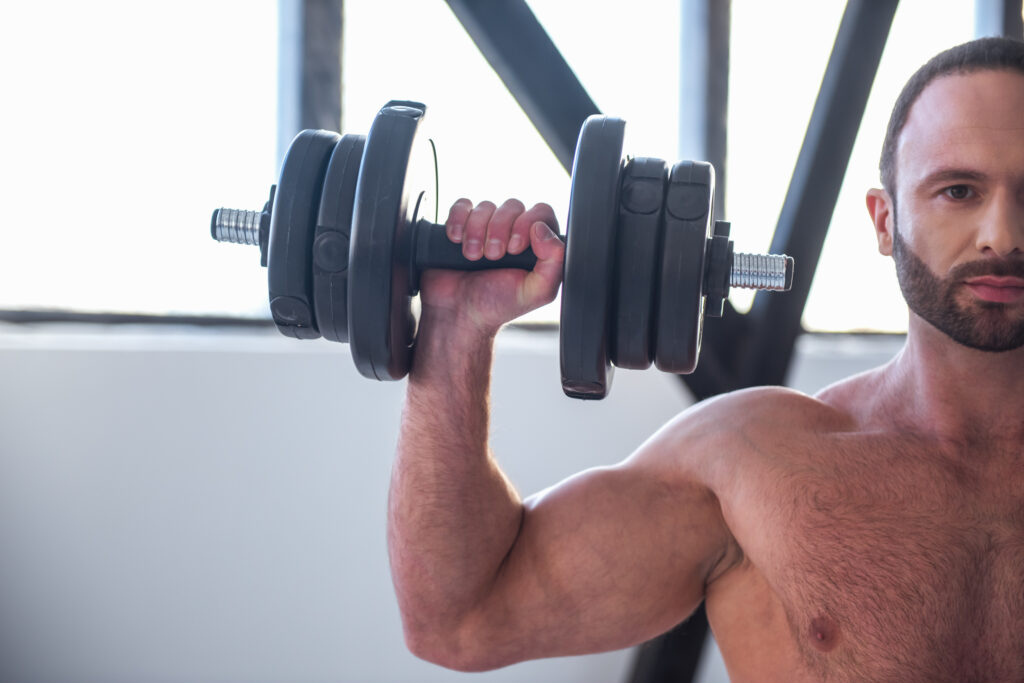The V-shaped muscle you’re referring to is commonly known as the “V-taper” in the fitness world. This visually appealing aspect of the core and lower torso isn’t just a single muscle but rather a combination of muscle groups working together to create that distinctive shape.
The most prominent muscle in this region is the external oblique. It’s one of the lateral (side) abdominal muscles. The external obliques run diagonally from the lower ribs to the pelvis. When well-defined, they contribute significantly to the V-taper look, especially as they taper down towards the pelvis.
But there’s another important muscle group that contributes to the V-taper: the hip flexors, particularly the iliopsoas. This muscle group lies deeper, beneath the abs and obliques, originating from the lower spine and pelvis and inserting into the upper thigh. They’re crucial for many core functions and hip movements. When the hip flexors and the external obliques are both well-developed and lean, they create that sharp V shape leading towards the groin.
However, achieving a pronounced V-taper isn’t solely about training these muscles. Body fat percentage plays a crucial role. You can have strong obliques and hip flexors, but if there’s a layer of fat covering them, they won’t be visible. This is why many people who aim for a defined V-taper combine targeted muscle training with a balanced diet and cardiovascular exercise to reduce body fat.
So, The “V muscle” is largely made up of the external obliques and the underlying hip flexors, especially the iliopsoas. To truly make it stand out, both muscle development and fat reduction are necessary. It’s a combination of strength training, diet, and consistent effort that leads to achieving that coveted V shape.

